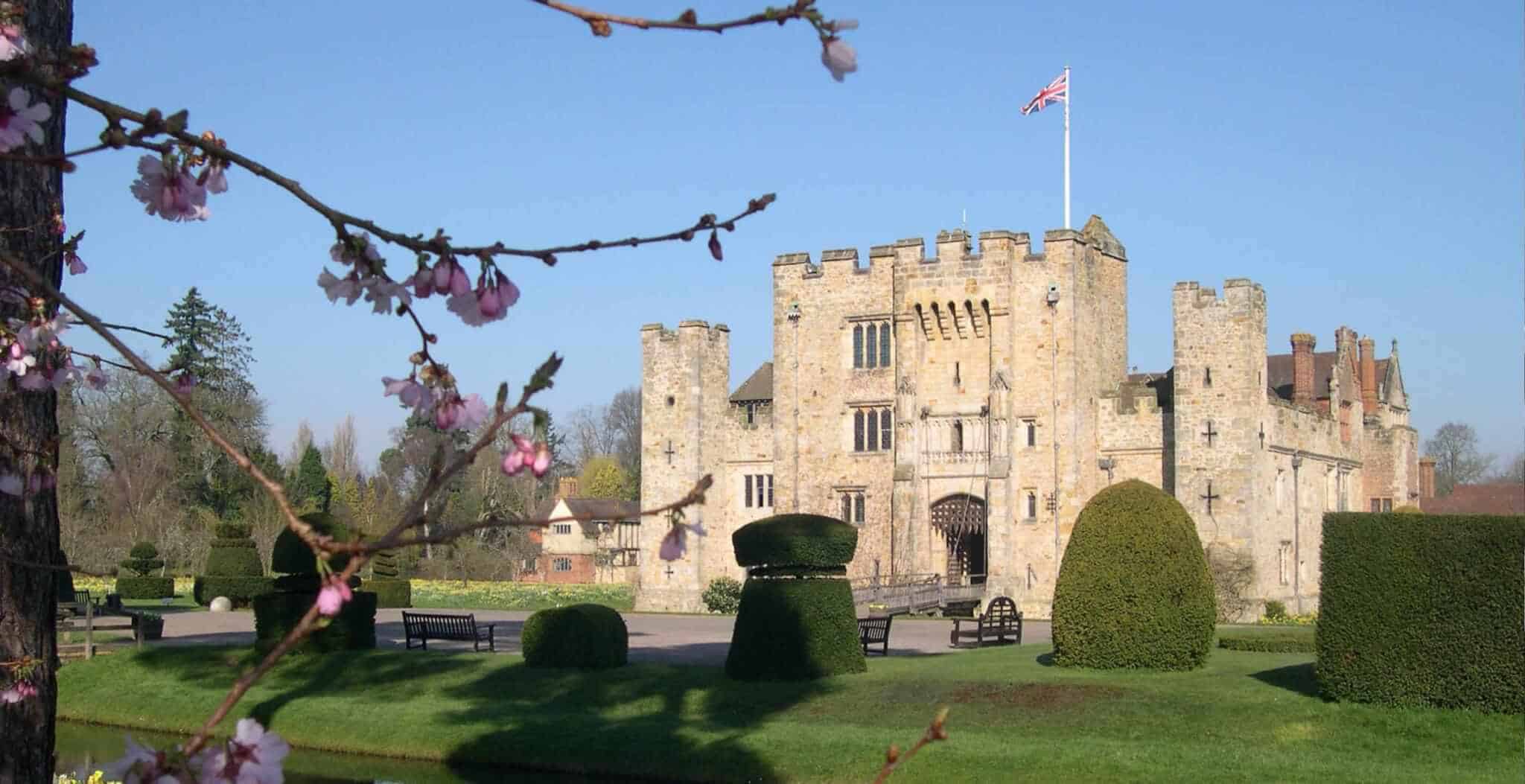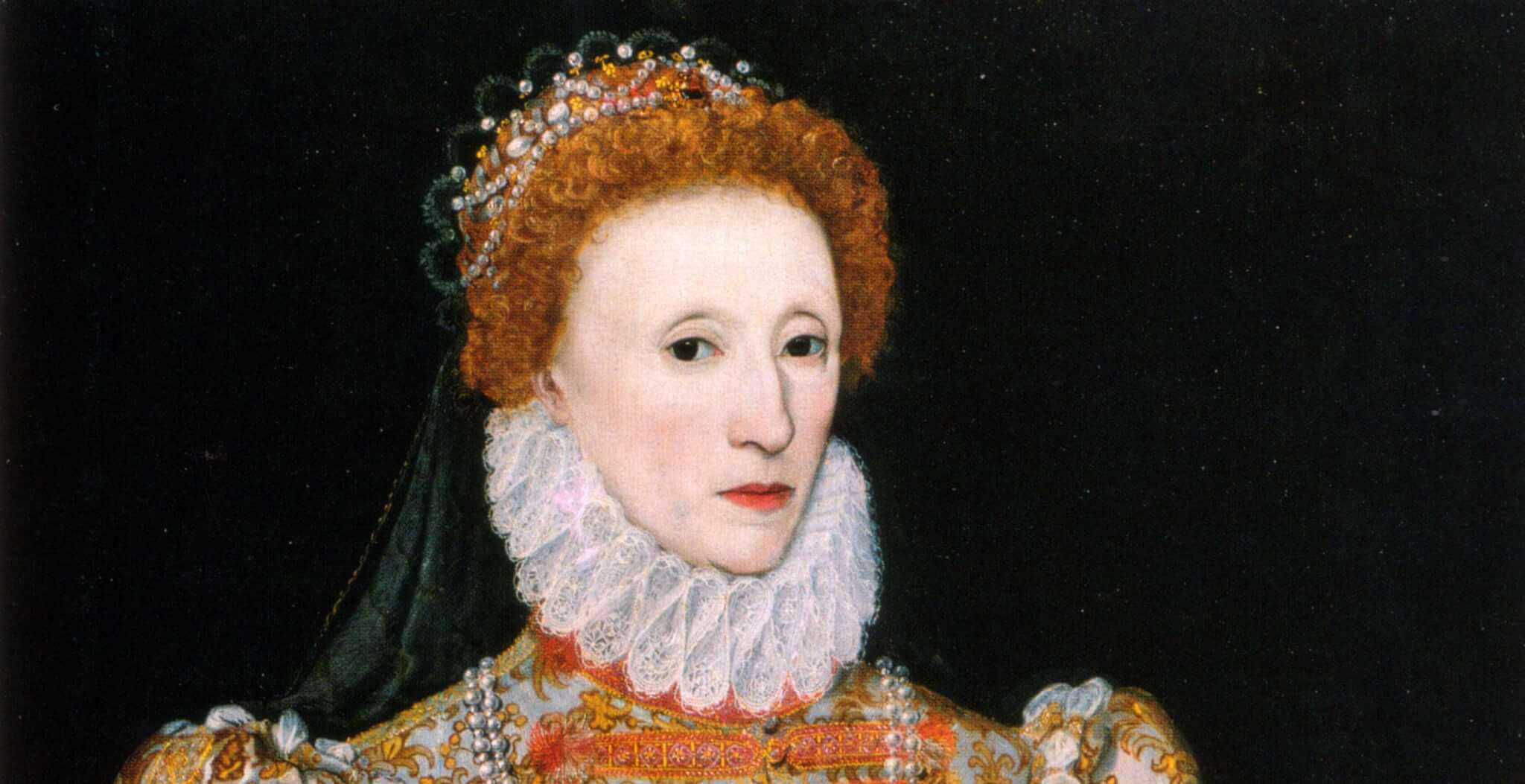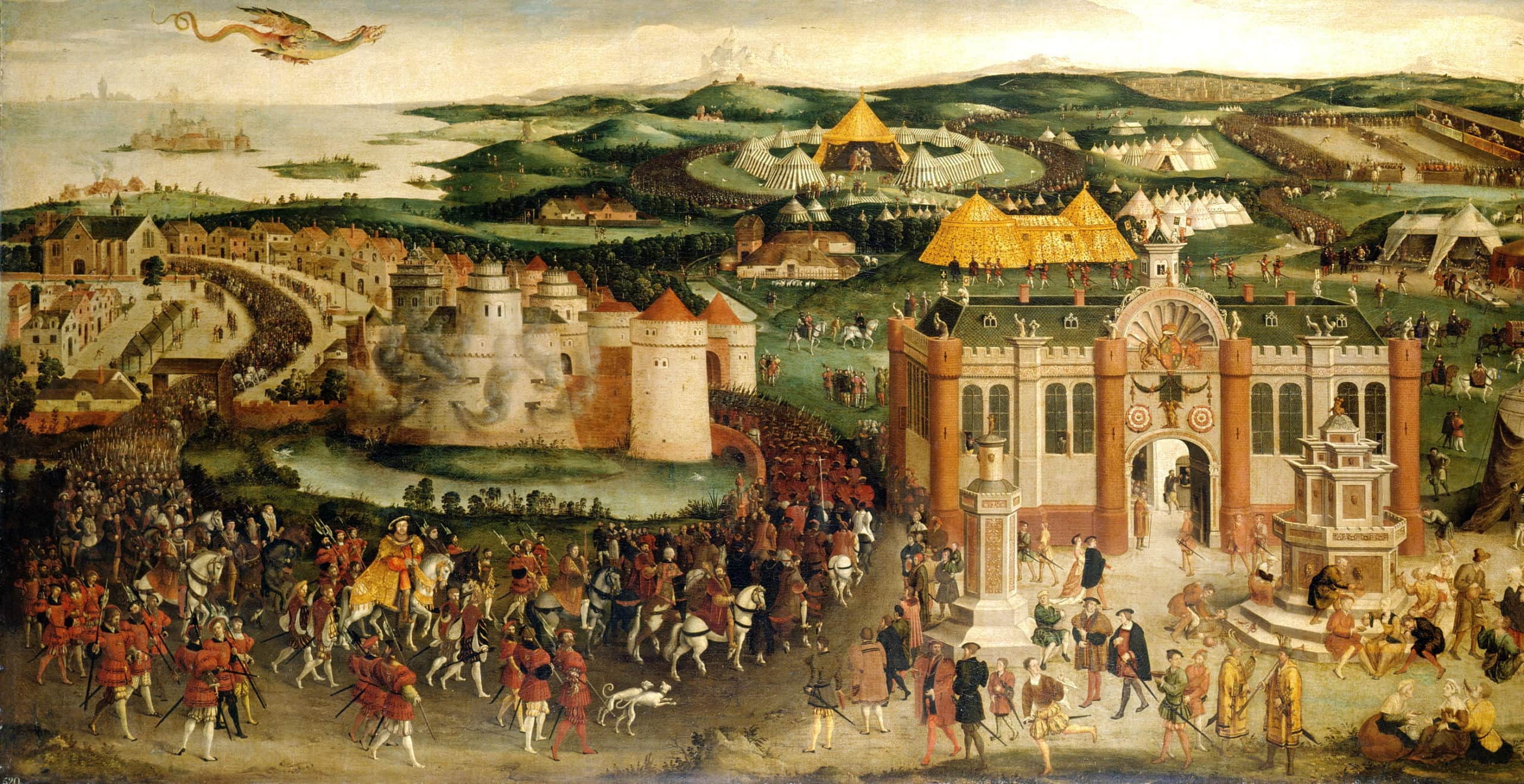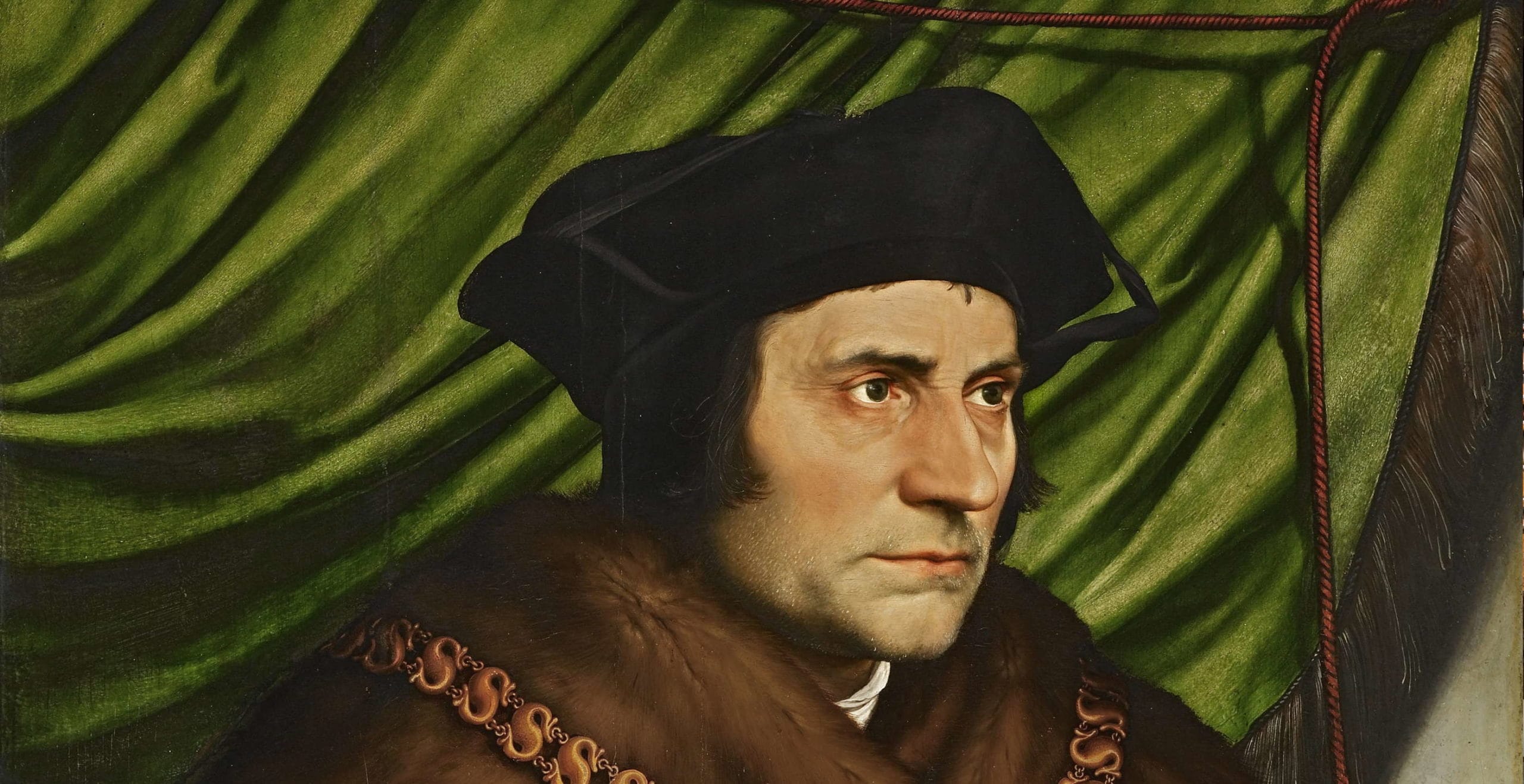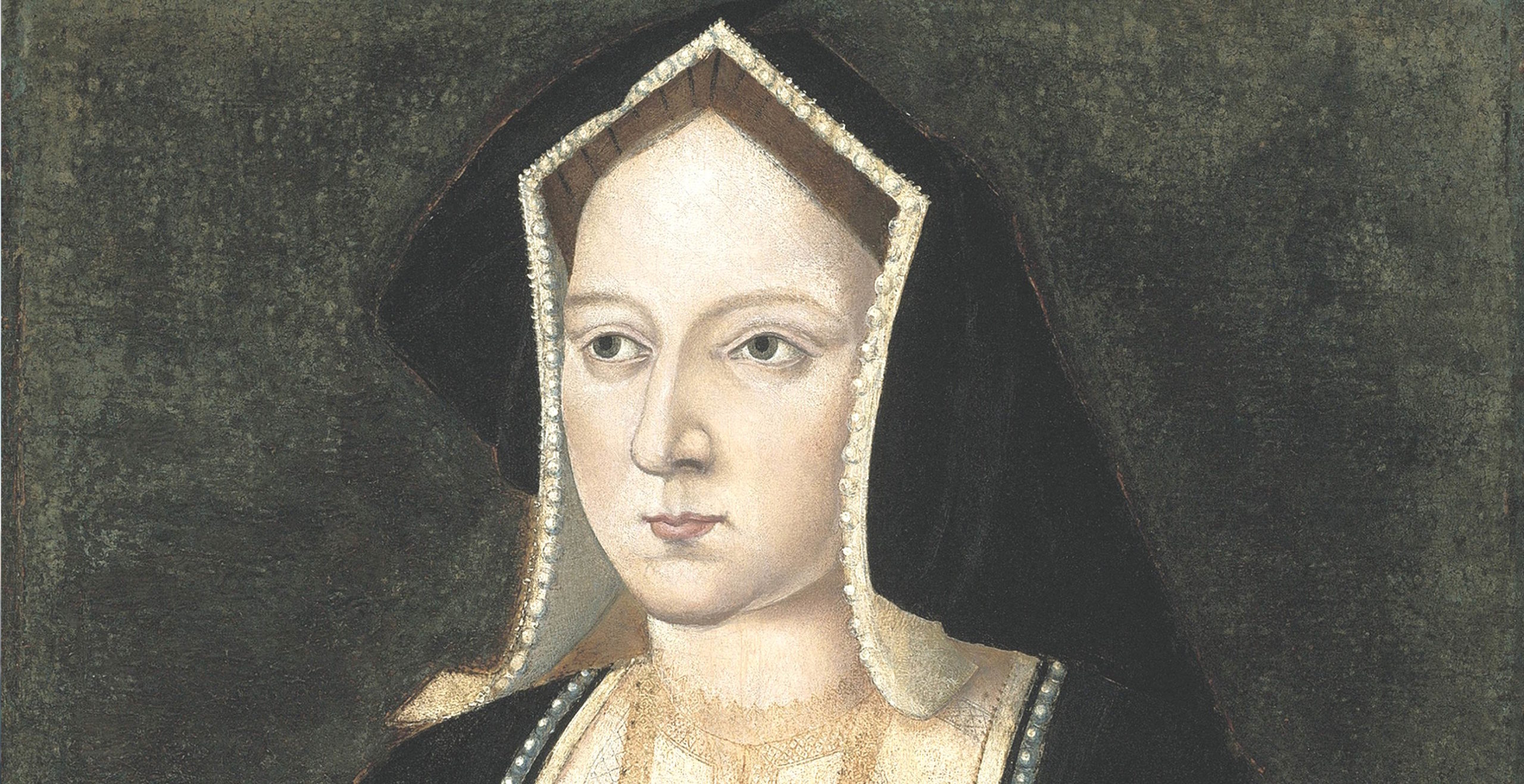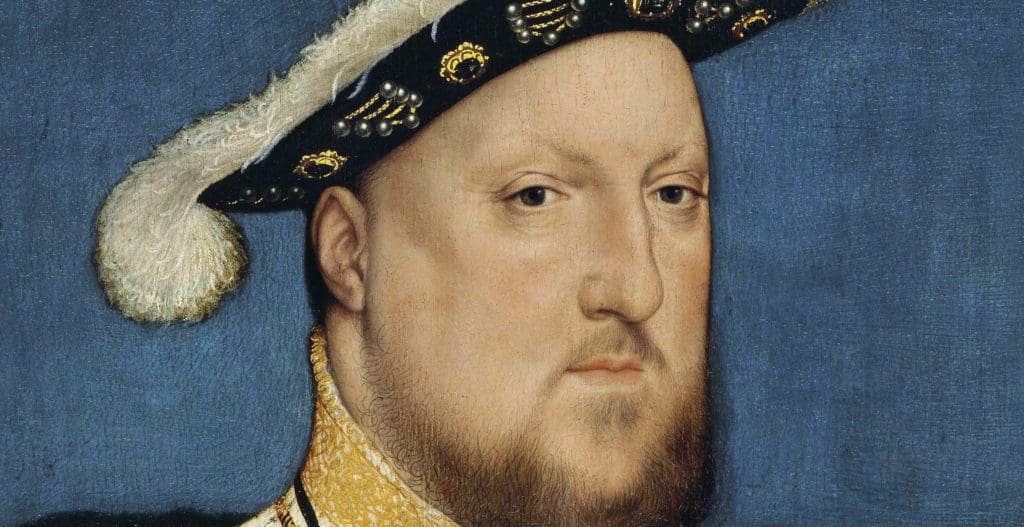Thomas Boleyn, the father of Henry VIII’s second wife, Queen Anne and grandfather to Queen Elizabeth I, has often been portrayed as a villainous figure. Someone who orchestrated his daughter’s rise to power, abandoned her at the eleventh hour and was absent during her execution. It seems as if he dangled both his daughters in front of King Henry VIII, just so he could profit from them. But is this portrayal true? Or was he a helpless father who could not stop the king from doing as he pleased? Modern day dramas have developed a certain image of Thomas Boleyn that needs to be put aside so that his true nature can emerge.
In 1477, Thomas Boleyn was born to William Boleyn and Margaret Butler at Blickling Hall, Norfolk. Inheriting Hever Castle from his father. He was an ambitious man who became a successful courtier and diplomat. Before his marriage to Elizabeth Howard, Thomas was active in the court of Henry VII. When the king sent a small force to put down the pretender of the throne, Perkin Warbeck, Thomas was one of the men sent.
In 1501, he was attending the wedding of Prince Arthur with Catherine of Aragon. Although these may have been small roles it was a step on the ladder. In 1503, Thomas was chosen to be part of Princess Margaret Tudor’s escort, as she made her was to Scotland to marry King James IV.
Thomas and Elizabeth married and were blessed with four children, but only three survived to adulthood; Mary, Anne and George. He was said to be a loving father who had grand ambitions for his children, ensuring an excellent education for them, even his daughters, teaching them different languages and other skills. Slowly building his reputation at court, he was made Knight of the Bath during Henry VIII’s coronation.
In 1512 Thomas became the English ambassador to the Netherlands, where he was able to develop friendships with important dignitaries. Using his influence, he successfully secured a position for his younger daughter, Anne at the court of the Archduchess Margaret of Austria. This was a wonderful place for young women, a finishing school of sorts.
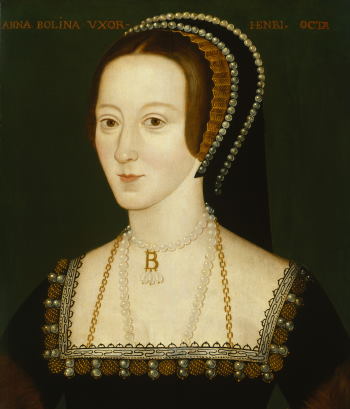
Thomas Boleyn soon secured a position for both his daughters, to be part of the entourage that was accompanying Princess Mary, Henry VIII’s sister to France. Mary Boleyn travelled with the princess, while her sister Anne was still in Austria. Unfortunately, Princess Mary’s marriage didn’t last very long; her husband died only three days later. Many people were sent back but the French queen allowed the Boleyn girls to stay. Anne flourished at the French court: unfortunately Mary did not have the same luck. While the sisters were making their name at court, Thomas continued to faithfully serve the king. He was made Ambassador to France in 1518, a position that he held for three years. In this time, he helped arrange the Field of the Cloth of Gold summit between Henry VIII and Francis I.
The summit was an important meeting between the two kings, a chance to ensure peaceful relations between England and France. Thomas was a man on the rise; acting as ambassador was a big responsibility and he was given such a big task time and time again. Overall he did not seem to be a man of weak personality, but in dramas such as “the Tudors” or the movie “The Other Boleyn girl”; he is portrayed as a man who used his daughters to gain favours from the king.
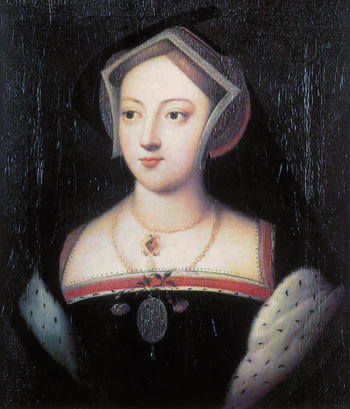
King Henry VIII first had a brief affair with Mary Boleyn, however unlike common belief, he did not then turn his attention immediately to Anne. It took four years for Henry to even take an interest in Anne. In 1525, King Henry VIII asked Anne to be his mistress but she refused. This was a time when very few people could say ‘no’ to the king. Thomas may have held some influence in court but even he couldn’t ask the king to stay away from his daughters. Anne left the court and went back to her family home and since a woman’s virtue related to her family’s honour, it is doubtful that Thomas would have forgone his daughter’s virtue in order to gain favour.
For a while, the Boleyn family enjoyed immense influence when Anne was married to the king. But this was short lived; Anne was unable to produce a male heir and so she soon fell from favour. In 1536, George and Anne were both convicted of plotting against the king and were executed. It is during this time that many people say that his silence while his children were being persecuted is what sealed his fate as a villain.
Again, the point here is that Thomas Boleyn could do very little to save his children. At this time, he also had Mary and her children to think about. He was an unfortunate man who outlived two of his children; no man would have been unmoved by this tragedy. His presence at court showed that the king still valued his services, although he may not have been the same. Broken hearted, he died in March of 1539, just three years after his children.
His story is filled with contradictions and questions; however, it may have been possible that he was a loving father, who couldn’t save his daughters from the eyes of the king. Everyone is responsible for their own destiny; Thomas was just one piece on a vast board of characters that made up the Tudor era. Since history is often written by the victors, it is not surprising that his family name suffered greatly after the execution of Anne.
By Khadija Tauseef. I have a BA(Hons) in History from Forman Christian Collage and my MPhil in History from Government College, Lahore.
